
With over 330 million active users, Twitter is a powerful social media platform offering a vast audience for businesses. However, Twitter marketing requires a unique approach compared to other marketing channels.
To effectively utilize Twitter for marketing purposes, it is crucial to understand the platform and develop a comprehensive strategy thoroughly.
So, we have created this blog to provide a comprehensive understanding of Twitter marketing, Including valuable insights on leveraging the platform’s features, optimizing engagement,
And you are utilizing effective Twitter marketing software to streamline your campaigns and maximize results.
What Is Twitter Marketing?
Twitter marketing is a digital marketing strategy that uses Twitter to promote a brand and its products or services to a targeted audience. It creates, publishes, and distributes content on the platform to attract new followers and leads, boost conversions, improve brand recognition, and increase sales.
Twitter is a powerful marketing tool for businesses because it is free to use, allows you to share and promote branded content in seconds, expands your reach, allows you to provide quick customer service and support,
It works as a search engine tool for you to search for your competitors and their marketing content to see which tactics they’re using, and it can be used as a search engine tool for prospects to find and learn about your company.
To create a Twitter marketing strategy, businesses need to audit their Twitter account, find their Twitter voice, use Twitter hashtags and trends, utilize Twitter ads, find out when to Tweet, schedule Tweets ahead of time, engage with their Twitter followers,
Set measurable Twitter goals and unleash the power of Twitter1. Twitter marketing can help businesses direct more traffic to their website, increase their online brand awareness, and connect with their audience.
Importance Of Twitter Marketing For Businesses:
Builds Brand Awareness
Twitter is a social media platform that businesses can use to create and distribute content to a large audience. Companies can build brand awareness and recognition by consistently sharing valuable content and engaging with followers.
Engagement campaigns on Twitter can help businesses extend the reach of their content to a relevant audience and promote tweets that are published organically. Twitter is a free platform that allows businesses to share and promote branded content in seconds, expand their reach, and provide quick customer service and support.
Twitter can search for competitors and their marketing content to see their tactics. Additionally, Twitter can promote business events by creating a unique hashtag or scheduling tweets to promote any special occasion.
Businesses can use Twitter as a powerful marketing tool to direct more traffic to their website, improve brand recognition, and connect with a large audience.
Increases Website Traffic
Driving traffic to a business’s website or blog is crucial for increasing the chances of converting visitors into customers. One way to do this is by sharing links to website content, which can attract more visitors. Creating a blog where you can regularly publish helpful, long-form content on your site is non-negotiable.
More is needed to produce great content, and I hope people find it. Promoting your content on your audience’s most popular social media channels can generate traffic. Twitter is ideal for short, snappy links, whereas Google Business posts can help your site appear in local search results.
You can also join forums and social media groups on LinkedIn, Facebook, and Reddit to share your knowledge. Only include links if it’s allowed and appropriate.
Engages With Customers
Businesses can use direct engagement with customers to address their concerns or questions, which can help build customer relationships and increase loyalty and retention. Customer retention is necessary because it measures how successful a company is at satisfying existing customers, which can increase ROI, boost loyalty, and bring in new customers.
Retained customers buy more often and spend more than new customers, and they are more likely to refer friends and family. A 5% increase in customer retention can increase company revenue by 25-95%. Customer service is essential for improving customer retention and repeat business.
Repeat customers are also more valuable, spending 67% more than new customers. Building trust, using social media, incentivizing loyalty, gathering customer feedback, and improving customer support services are ways to improve customer retention.
Targets Specific Audiences
Businesses can use targeting features to reach specific audiences based on location, interests, and demographics. This allows businesses to tailor their content and promotions to their target audience, which can increase engagement and conversions.
By creating ads tailored to the specific interests and needs of the target audience, businesses can make their campaigns more relevant and engaging. Targeting can also help companies attract customers who are more likely to be interested in their products or services, leading to higher conversion rates.
Social media platforms like Facebook offer targeting options based on location and demographics, allowing businesses to ensure their content reaches the right audience. Understanding the interests and behaviors of the target audience is critical to creating successful ad campaigns, and companies can use audience insights to fine-tune their targeting and align their ad content with their audience.
Real-Time Feedback
Twitter is a platform that allows businesses to receive real-time customer feedback, which can help them respond quickly to customer needs and adjust their marketing strategy as needed. This is done by monitoring and responding to customer tweets, creating a great customer experience visible to others on the platform.
This marriage of customer support and Twitter has a few advantages: it makes both businesses and consumers more accessible, it takes place in a public environment, and it’s a faster way to respond. Social media customer service stats show that 64% of Twitter customers say they would rather message a dedicated support handle than call a business.
Companies need staff and a strategy to deal with customers on Twitter, as 72% of people who use Twitter to lodge complaints expect a response within an hour. Besides proving to the world how responsive you are to customers’ needs, Twitter can also be an excellent source of market intelligence.
Steps To Create A Twitter Marketing Strategy
Creating a Twitter marketing strategy is essential to ensure businesses or individuals achieve their marketing objectives on the platform. When marketing your business on Twitter, following a well-defined plan to maximize your reach and engagement is crucial.
Here are five steps to creating an effective Twitter marketing strategy that will help you connect with your target audience and promote your brand organically.
Define Your Objectives
The first step in creating a Twitter marketing strategy is to define your objectives. These objectives should align with your overall business goals and be specific, measurable, achievable, relevant, and time-bound.
Common objectives for Twitter marketing include increasing brand awareness, driving website traffic, generating leads, and increasing sales.
By defining your objectives, you can tailor your Twitter marketing efforts to achieve those goals.

Understand Your Target Audience
Twitter provides businesses with targeting options that allow them to reach specific audiences based on location, interests, demographics, and behaviors. Understanding your target audience is the second step in creating content that resonates with them and tailoring your promotions to their needs and interests.
Twitter’s targeting tools help businesses get their brand and message in front of the right people when they are most receptive. Twitter’s targeting options are divided into three main categories: Demographics and Devices, Audience types, and Custom Audiences.
Advertisers can also tailor their audiences through the web, mobile apps, or lists. Twitter ad targeting allows businesses to target based on recently tweeted phrases or recently searched items, getting them in front of people when it matters the most. By using Twitter’s targeting options, businesses can connect with the people having conversations in real time and reach their ideal target audience.

Develop Your Content Strategy
Developing a content strategy is the third step in creating a social media plan. The strategy should be aligned with your objectives and target audience. It should provide value to your followers and engage with them.
The content strategy should include a mix of tweets, retweets, replies, and multimedia content such as images, videos, and GIFs. To develop a content strategy, you should identify and set goals, research your audience, analyze your competitors, audit your current social content, choose your content types, build a content calendar, and promote and distribute your content.
A social media content strategy is a plan that contains all the ins and outs of how you’ll use content to grow your brand and reach your goals on social media platforms. It should also include an engagement plan to keep the conversation going with your audience and wider community.

Engage With Your Followers
Engaging with followers is a crucial step in building relationships on social media. Responding promptly to mentions, retweets, and direct messages and providing helpful responses are essential. Engaging in conversations related to your industry and sharing your expertise is also recommended.
Customers expect brands to respond quickly on social media, and research shows that responding to complaints on social media can increase customer advocacy by as much as 25%. Engagement also builds relationships and enables businesses to learn from their customers and community about improving their experience.
Social media engagement can be measured through comments, direct messages, likes, favorites, saves, clicks, shares, and mentions. Inbound engagement is the engagement on your profiles with your audience, including responses to DMs, comments, and reviews.

Measure Your Results
Using Twitter for marketing involves tracking key performance indicators (KPIs) to evaluate the effectiveness of your Twitter marketing strategy and make necessary adjustments to optimize your campaign’s performance.
Some KPIs that should be tracked include follower growth, engagement, click-through rates, and conversions. By monitoring these metrics, you can determine which posts have obtained the highest number of clicks and implement those findings in your future posts.
Different content and campaigns will have different KPIs, so adding your KPI to each piece of content is essential to keep you on track. To measure KPIs, you can use Twitter Analytics, which provides data points you can track to determine your success on the network.
Some of the top Twitter metrics to track include tweet-level metrics, profile-level metrics, and advertising metrics. Analyzing these metrics lets you determine whether you met your social media goals or whether an ad campaign succeeded.

How To Get Followers On Twitter
Growing a follower on Twitter can take time and effort, but it is essential to achieve success on the platform.
Here are some tips for getting more followers on Twitter:
Optimize Your Profile
Optimizing your profile is crucial to gaining more followers. The first step is to ensure that your profile is complete and includes a profile picture, header image, and bio that accurately reflects your brand or personal brand.
Your bio should be engaging and include relevant keywords to help users find you. You can link to your portfolio to optimize your bio, use humor where appropriate, and utilize SEO. It’s also essential to optimize your online presence by making sure all the posts and photos on your websites, portfolios, and social media sites are consistent with your brand.
A well-crafted bio is only a portion of your branding, so connecting it with the rest of your online presence is essential. Following these steps, you can make your profile stand out and attract more followers.

Tweet Regularly
Twitter is a fast-paced platform, and to keep up with the pace, it is essential to tweet regularly. The second step in effective Twitter marketing is to tweet at least once and, ideally, several times daily.
This can be managed efficiently by utilizing Twitter marketing tools like Hootsuite or Buffer. These tools offer features that allow scheduling tweets in advance, ensuring a consistent presence on the platform without manually posting each update.
By incorporating it into your strategy, you can streamline your efforts and maintain an active and engaging presence on the platform. Best practices recommend Tweeting at least once daily, and some brands Tweet up to 15 times daily to stay in front of their audience.
It is essential to be as consistent as possible on Twitter, and using Sprout’s publishing tool to schedule tweets for an entire week or month can make it easier to maintain consistency. Engaging with Twitter followers is also important, as Twitter is all about creating a two-way communication channel with the audience.
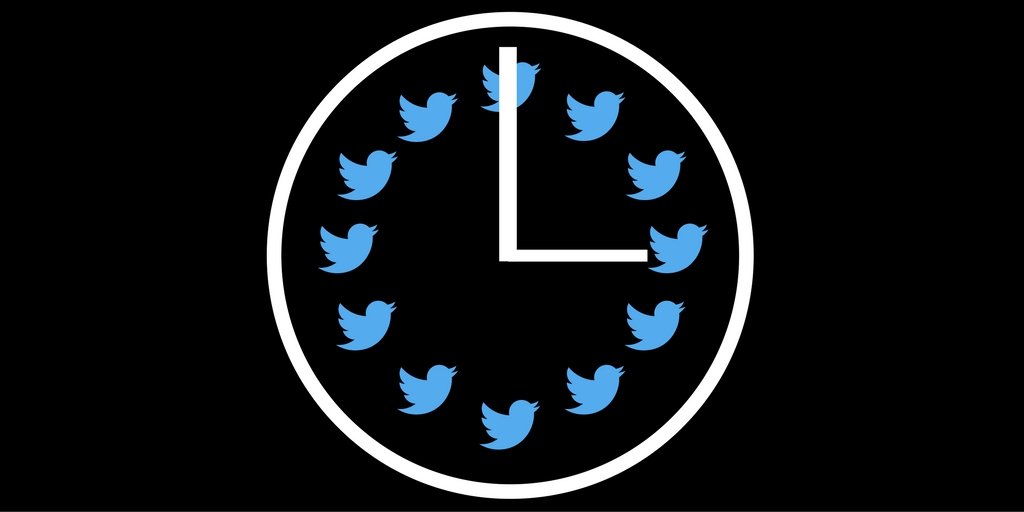
Use Hashtags
The third step is to incorporate hashtags into your tweets. Hashtags allow you to organize your tweets by topic and make them easier for interested users to discover.
To increase the reach and visibility of your tweets, it is essential to include relevant hashtags. Online tools such as Hashtagify, RiteTag, and Twubs can assist in finding appropriate and popular hashtags to use in your tweets.

Source: sproutsocial.com
Also read: A Complete Guide To Hashtag Marketing
Engage With Others
To engage with others on social media platforms, the fourth step is to respond promptly to mentions, retweets, and direct messages and provide helpful responses. It is also essential to actively engage in conversations related to your industry and share your expertise.
To achieve this, it is necessary to set clear engagement goals and understand the platform and audience. One way to increase engagement is to post content worth engaging with and post regularly on your pages.
It is also essential to post at the best times and use relevant hashtags. Another way to boost engagement is to hold contests, ask questions, and use emojis. Lastly, tracking engagement metrics and studying others in your niche to learn from them is essential.
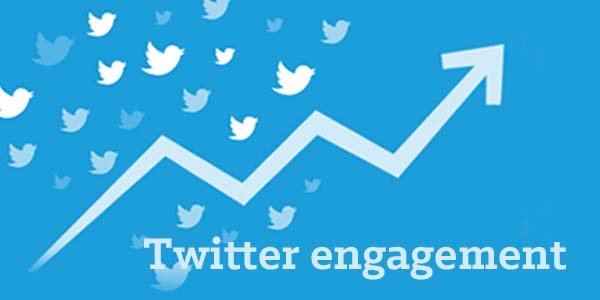
Source: tweetbinder.com
Follow Others
The fifth step is to follow others on the platform to get more social media followers. It is essential to follow accounts that are relevant to your interests and industry. By following others, they will follow you back.
Following relevant accounts is like networking; giving and taking in any healthy relationship is essential. You can find relevant accounts by joining groups and communities on Facebook, LinkedIn, Reddit, and other networks.
You can also find relevant accounts by looking at “Best People to Follow” lists. It is essential to present quality content that users find worthwhile to attract industry professionals, job seekers, and valuable customers to your brand. Building a community and engaging your audience on social media is critical to gaining more followers.
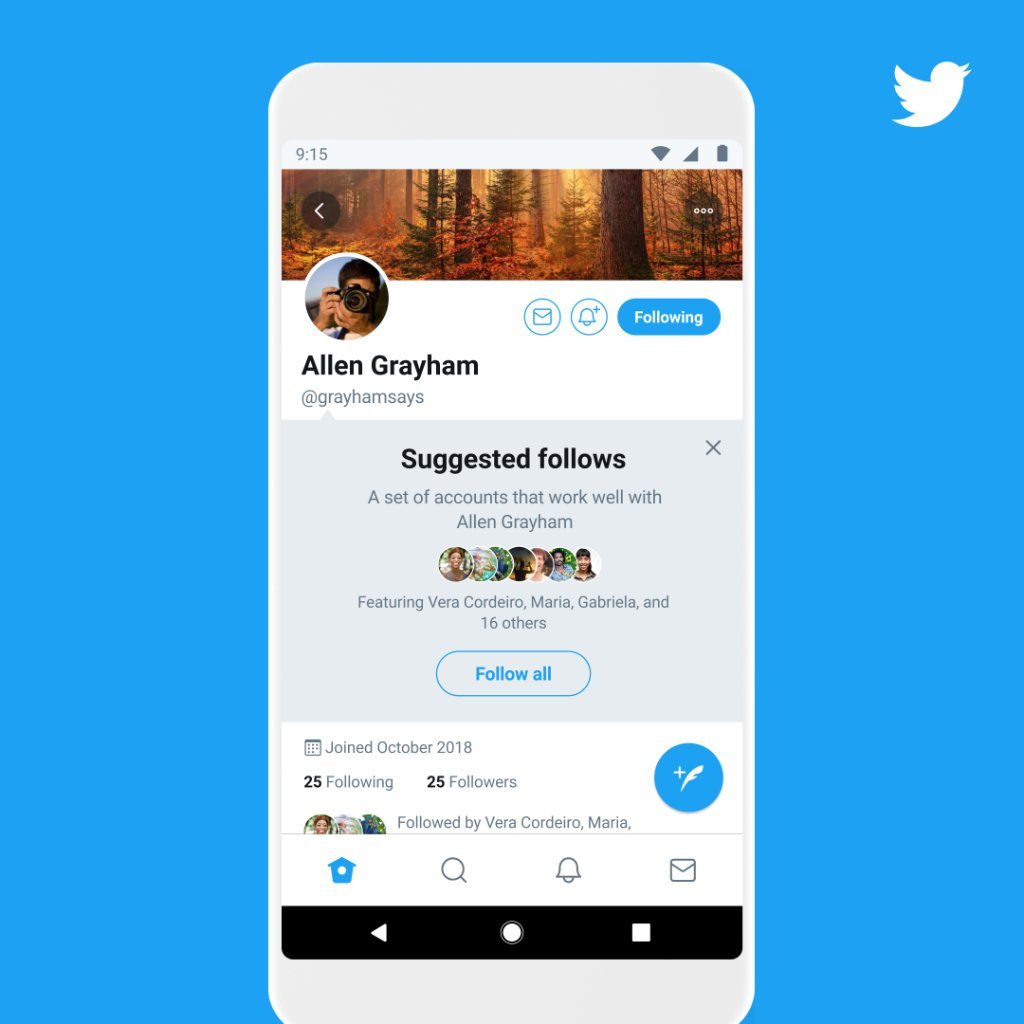
Source: twimg.com
Promote Your Twitter Account
Promoting your Twitter account is the sixth step to increasing your followers. You can add a Twitter icon to your website or blog and include a link to your Twitter account in your email signature. This makes it easy for everyone you communicate with to click through and follow you on Twitter.
You can also promote your Twitter account on social media platforms like Facebook and LinkedIn. Tap into your existing customer base and run a followers campaign. Share relevant and valuable content that appeals to your audience and adds value.
You can also find micro-influencers to promote your company or products. Get your brand in front of people as much as possible. Add a follow button to your website, include a link to your Twitter profile in your email signature and newsletters, and promote it on offline collateral such as business cards or menus.

Source: hubspot.com
Also read: A Complete Guide To Promotional Marketing
How To Skyrocket Your Performance On Twitter Using Video
FAQs On Twitter Marketing
Q1. How Often Should I Tweet To Maintain Engagement Without Overwhelming My Followers?
A. There is no hard and fast rule for how often you should tweet to maintain engagement without overwhelming your followers, as it can vary depending on your audience and industry. However, a general guideline is to tweet at least once and, ideally, several times daily.
Q2. Can I Use Twitter To Generate Leads And Drive Sales For My Business?
A. Yes, Twitter can generate leads and drive sales for businesses. By creating a targeted Twitter marketing strategy that includes engaging with your followers, sharing relevant content, using targeted ads, and utilizing call-to-actions, companies utilizing Twitter to increase website traffic are viable strategies to generate leads and increase sales.
Conclusion
we hope you understand Twitter marketing better and the strategies that can help you effectively utilize this platform to build your business or personal brand. It’s time to implement these strategies and exploit Twitter’s vast audience.
If you have any questions about this topic, please leave them in the comments section. We will be happy to answer you.
Thanks for reading 🙂




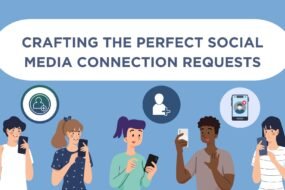
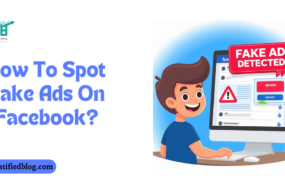
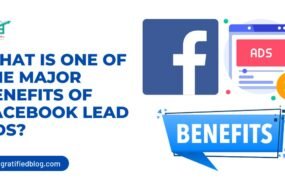

No Comments